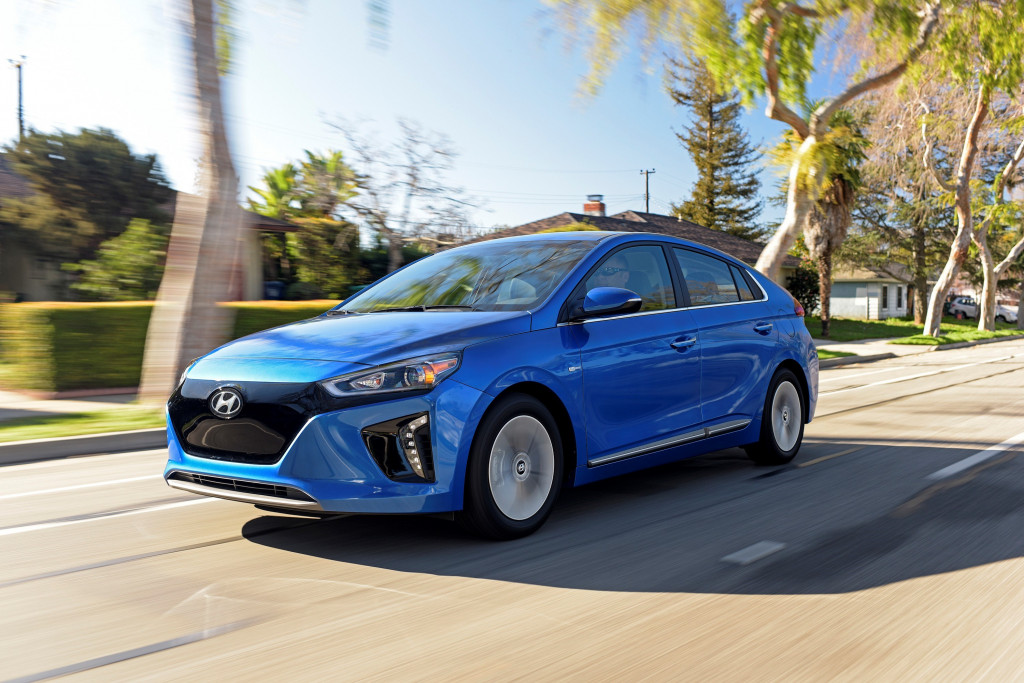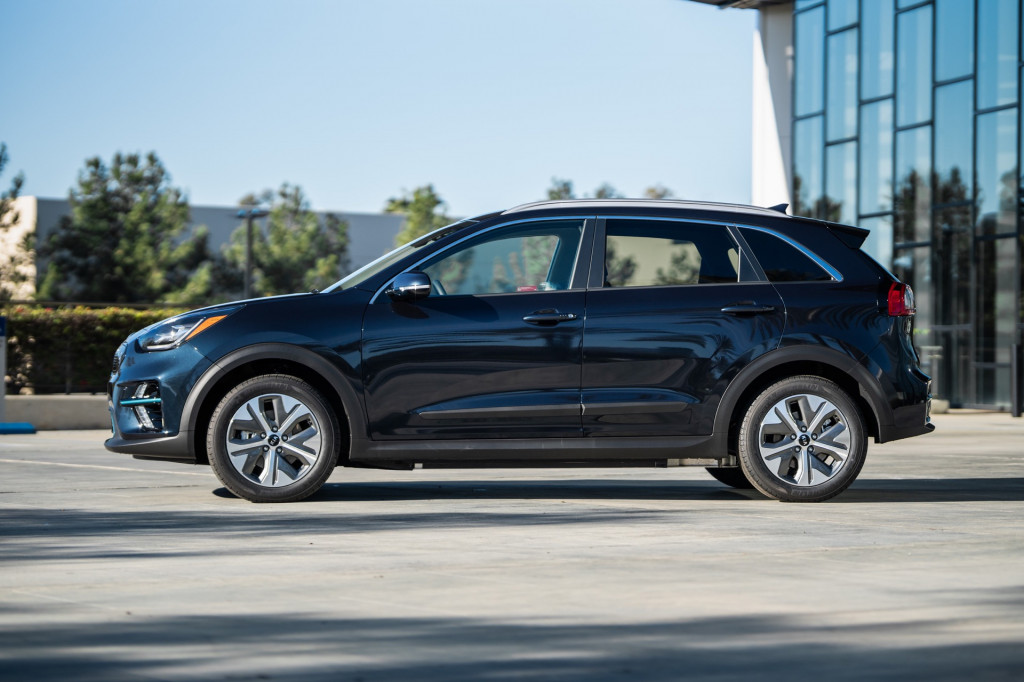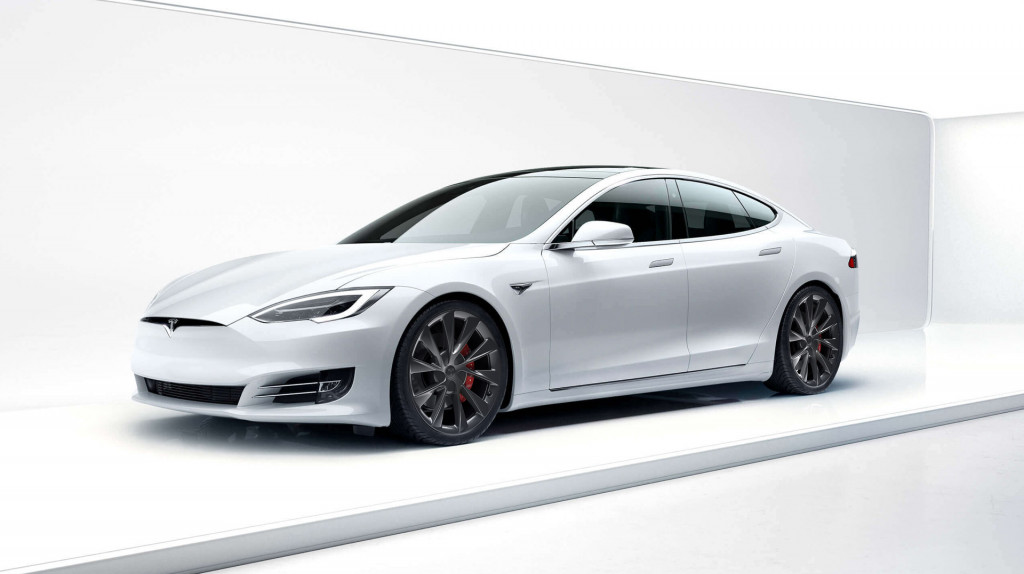Efficiency went further and farther for 2019 model-year vehicles in almost every sense of the two words.
Green Car Reports’ top 10 fuel-efficient vehicles all have one thing in common: plugs. But where they go from there is anything but common among the vehicles.
The most efficient vehicles on our list did more with their energy than the rest—and saved not just gasoline. Perhaps 2019 will be the year that mainstream automakers learned that battery-electric vehicles aren’t just needed for the future, but to stay competitive and keep customers in the fold they must also be efficient.
Our list is ranked on energy efficiency, not just range.
There were a few surprises on our list, including the top spot. We anticipate that as more electric vehicles hit the street, more drivers will be keenly aware of not only how far their cars go but also how efficiently they make each trip.
Here’s our list of Green Car Reports’ top 10 greenest cars for 2019:

2019 Hyundai Ioniq Electric
The 2019 Hyundai Ioniq Electric takes the top spot as the most energy-efficient vehicle available due to one number—and not the other. The EPA rated the Ioniq Electric at 136 MPGe, calculated at 33.7 kwh for 1 gallon of gasoline. The Ioniq’s rating bests anything produced by Tesla so far, including the Model S Long Range.
The downside? The Ioniq Electric’s 28-kwh battery pack is rated only for 124 miles of range, according to the EPA test cycle. That battery pack is almost assuredly going to get bigger in the next few years. Hyundai has larger packs in nearly every BEV they sell across the world, and we Hyundai asked if a larger LG Chem pack would appear in the Ioniq soon and heard only, “Stay tuned.”

2019 Tesla Model 3 Performance
The Tesla Model 3 is not only our Best Car To Buy 2019 but also the most widely available BEV (the Ioniq Electric is very hard to find).
The most efficient Model 3 is the most affordable one that’s widely available—provided you’re not willing to beg for a Standard model. The EPA rated the Tesla Model 3 Standard Plus at 133 MPGe, just below the Ioniq. Unlike the Hyundai hatchback, the Model 3 Standard Plus’ has a range in line with Joe or Jane Q. Cardriver’s expectations at 310 miles, according to the EPA cycle.
That efficiency and range are also in line with what modern electrics should be: affordable, approachable, and energy-efficient. So far, Tesla is unsurpassed at energy management, which is proving tricky for other automakers.
2020 Hyundai Kona Electric
The Kona Electric’s 120-MPGe rating and 258-mile range are admirable among electric cars. So far, Hyundai’s proven to be the main competitor to Tesla in energy management—no other mainstream EV maker has cracked 120 MPGe beyond Tesla and Hyundai.
Like the Ioniq Electric—but unlike the Model 3—the Kona Electric is a rare sight on roadways outside California. We were only able to find a handful outside the Golden State (they were all in ZEV-mandatory-sales states) and stronger EV demand from Europe (and the CO2 regulations there) have so far tied Hyundai’s hands in America.
Reportedly, any Hyundai dealer can order an Ioniq Electric or Kona Electric, although we haven’t yet verified those claims from the automaker.

2019 Chevrolet Bolt EV
The first mass-market EV from a mainstream domestic automaker can still teach us a thing or two. The 2019 Chevrolet Bolt EV’s 119 MPGe rating and 238-mile rating is admirable, but Chevy announced that the 2020 version would manage 259 miles of range from the same 60-kwh battery configuration, which should boost its MPGe rating further. That’s even more impressive.
The sun may be setting on the Bolt EV as GM prepares a dedicated EV lineup for the future, but the Bolt EV hatchback is proof that Detroit can play ball in the future with electric powertrains.

2019 Volkswagen e-Golf
Even if it’s the last year of the eGolf before the VW ID armada arrives, the spunky Volkswagen hatch again earned good ratings. The EPA rated the e-Golf at 119 MPGe—same as the Bolt EV—but its range of 125 miles is about half of the Chevy hatchback.
For smile-state buyers commuting to work that we heard from, that didn’t matter much. The e-Golf’s low-slung battery and plentiful 214 pound-feet of torque (compared to 258 lb-ft in the GTI) made it fun to drive and practical like the rest of the Golf range. The e-Golf received several range bumps over its lifecycle, the most recent in 2017 when its range was increased from 83 miles to 125 miles.
It also served as a testbed for the ID range: the e-Golf’s battery packs powered early prototypes.

BMW i3 charging at EVgo fast chargers at Chevron station in Menlo Park, California
The weirdo five-door hatchback from BMW still earns a spot on this list thanks to its 113-MPGe rating in the BEV (fully electric) version over 153 miles of rated range. (The range-extended version, which packs a very small gasoline engine to pinch-hit, rates 100 MPGe, and the dubiously named i3s rates identical to both versions.)
The i3 once served as the beacon for BMW's future efficiency movement, although that ship has largely sailed. Now, the automaker says they’ll move to more mainstream looks that don’t abandon completely the automaker’s styling language, but here’s hoping they don’t abandon the i3’s efficiency.

2019 Kia Niro EV
The Niro EV’s first year on sale was a slow one. On top of constrained supply thanks to larger-than-expected demand in Europe, the Niro’s slow rollout in the states was largely limited to CARB states with the ZEV mandate requiring plug-in vehicle sales.
That’s a shame. The Niro EV’s 64-kwh battery, 201-hp electric motor, 239-mile range, and wagon proportions make it not only efficient on the road, but also practical for many family drivers. Now 2020 Kia Soul EV is on the way with a similar-size battery.

2019 Nissan Leaf Plus
Even though 2019 saw the extended-range Nissan Leaf Plus join the range with a 62-kwh battery rated for more than 200 miles, it’s the OG Leaf that is the most efficient with its 40-kwh battery. The Nissan Leaf is EPA rated at 112-mpg with the smaller of the two battery packs, and the most affordable.
Even though the Leaf has struggled for mindshare among newer, more premium EVs, the original mass-market electric car is still among the most efficient.

2019 Tesla Model S
The Tesla Model S may be ninth on our efficiency list, but it’s first in one other metric valuable to first-time EV owners: range. The Model S Long Range is EPA-rated for 370 miles, which blows past any other EV on the market.
That’s due to Tesla’s ace (at least one of them, anyhow), battery management. The Tesla Model S Long Range uses a 100-kwh battery pack for its impressive range, which is doubly impressive given the 90-kwh pack in the Jaguar I-Pace only rates for about 230 miles. (Our real-world tests struggled to extract even 200 miles.)
Battery management, weight, and aerodynamics all will play a crucial role in energy-efficient cars in the near future.

2019 Tesla Model X
The Tesla Model X is the only crossover on our list and the only one to manage combined efficiency less than 100 MPGe. The Model X Long Range is rated at 325 miles and 96 MPGe from its 100-kwh battery pack that, again, blows past the Jaguar I-Pace and Audi E-tron in range and efficiency—both of those crossovers rate at about 75 MPGe in combined efficiency.
That’s good news for the Model X’s efficiency, but the Model X (and Model S) have been hit sharply by Tesla’s dwindling tax credits and production constraints related to the Model 3 sales bonanza. When the Model Y small crossover finally arrives, the Model X could be bumped from this list, but for now, it’s the most energy-efficient family crossover that (a lot) of money can buy.













